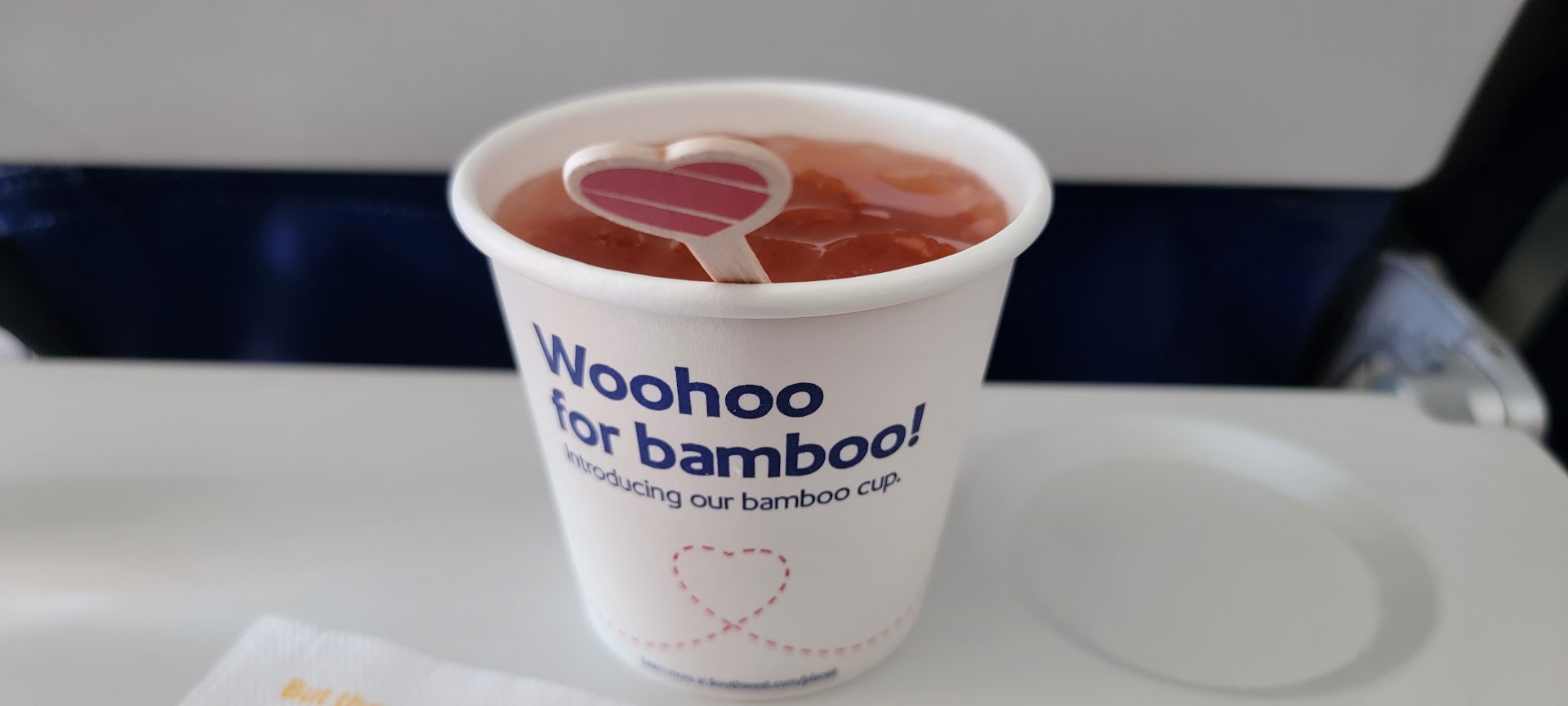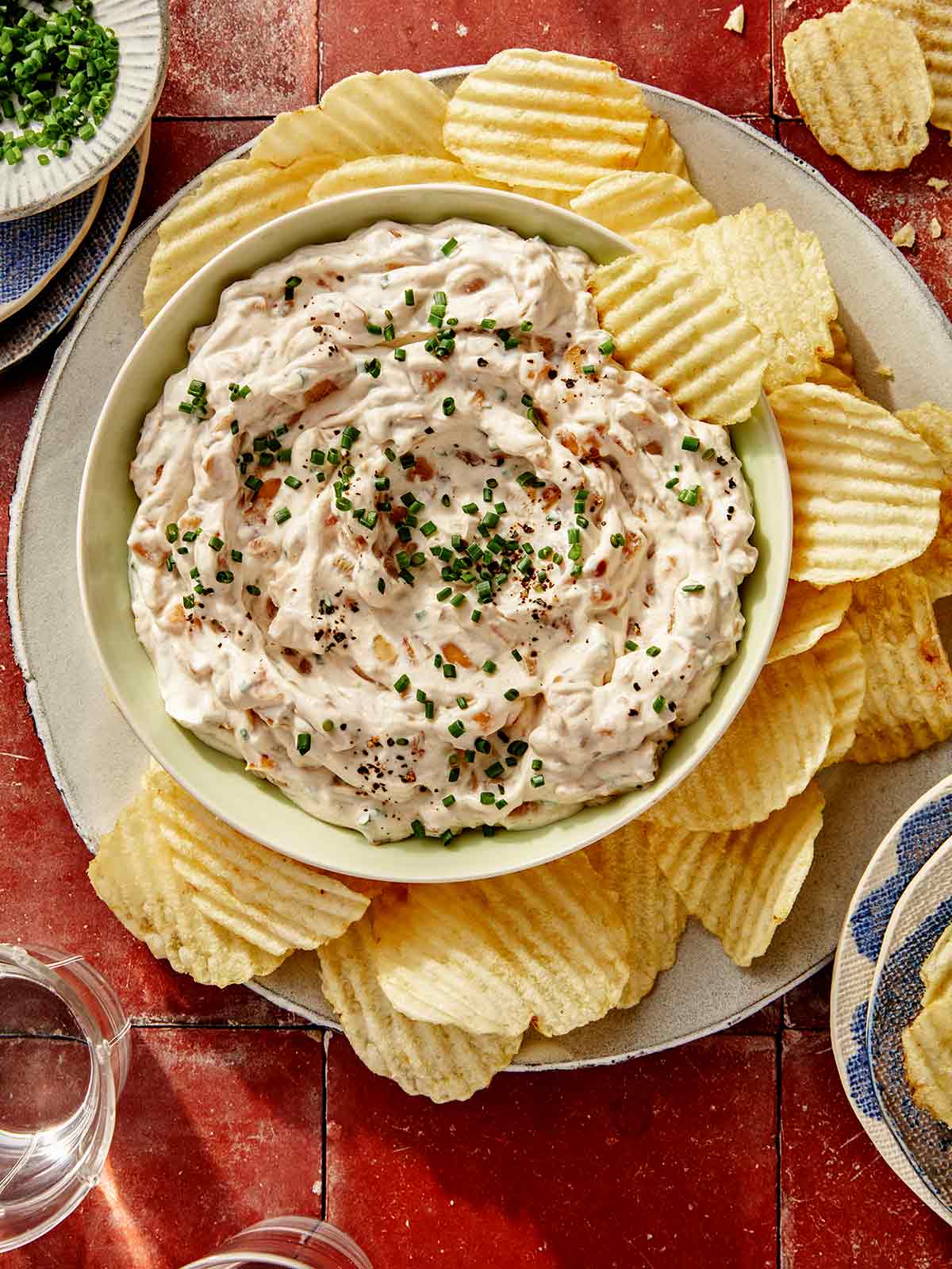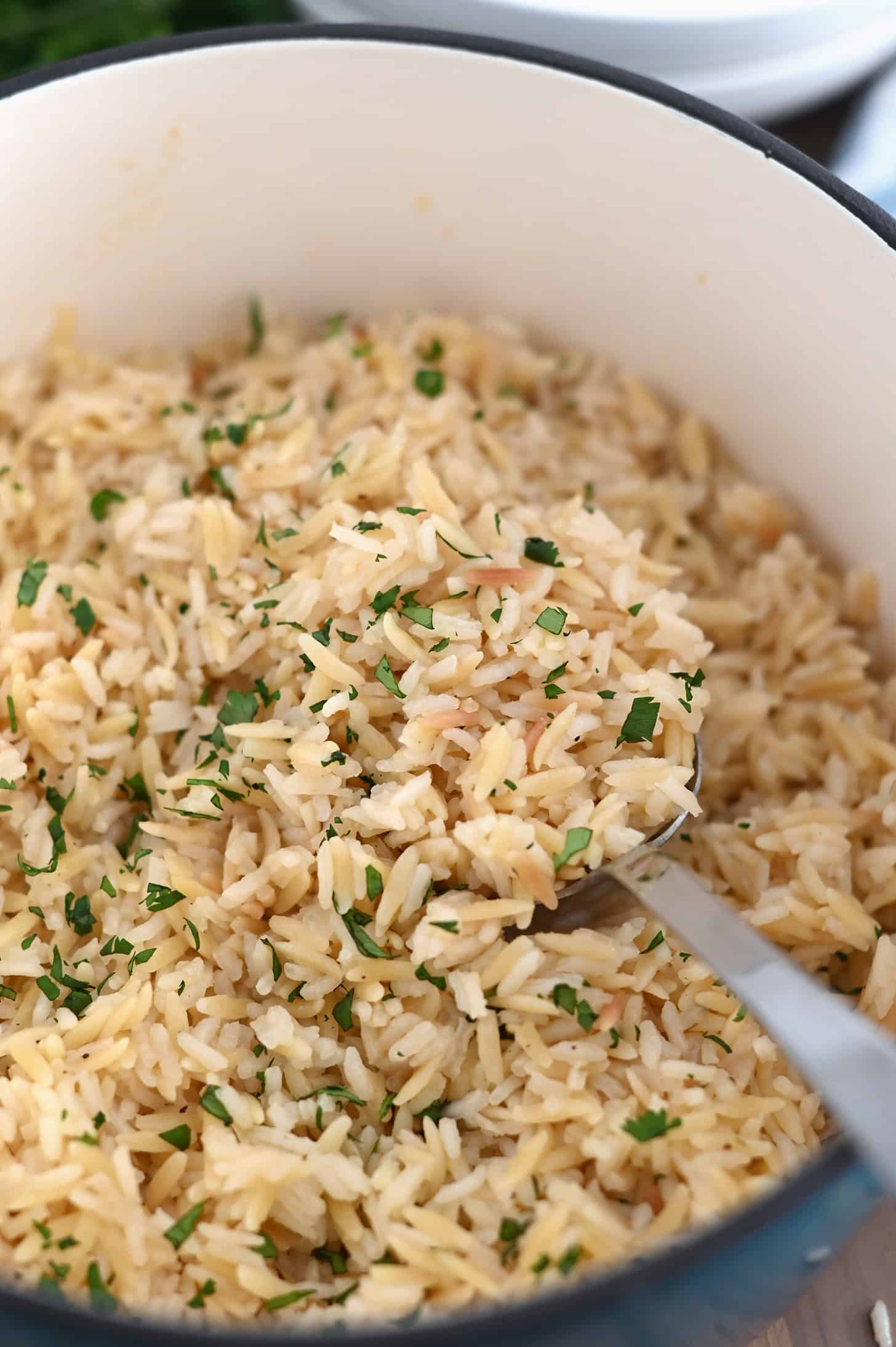The Quest to Save the World’s Rarest Pasta
This article is adapted from the February 1, 2025, edition of Gastro Obscura’s Favorite Things newsletter. You can sign up here. In October 2021, Canadian chefs Rob Gentile and David Marcelli found themselves in the stark, mountainous countryside of Sardinia, surrounded by sheep. They were following in the footsteps that pilgrims had trodden for more than 300 years in pursuit of a pasta so mythical, so rare, that few have ever had the pleasure of eating it: su filindeu, or “threads of God” in the local Sardo dialect. Although there are currently around 350 recognized shapes of pasta, none are so shrouded in mystery as these ethereal strands. To make them, one must stretch a mass of nothing more than semolina flour, water, and salt into 256 “threads” barely wider than a human hair. Historically, these labor-intensive noodles were made only twice a year for the Feast of San Francesco. They were reserved for faithful Christians who made the trek from the city of Nuoro to Lula for 20 miles in the dark of night. For centuries, the art of making su filindeu was passed down through a single matrilineal line. Yet as with so many old traditions, the number of women who possessed this generational knowledge dwindled, until there were, at one point, only three left in the world. Gentile and Marcelli had come to Sardinia to meet Paola Abraini, one of the last masters. “Our first introduction to su filindeu and to Paola was like a ceremony,” Gentile says. She arrived dressed in her best with her husband by her side holding the fondo, the tray used to dry the strands. “At the time, the tradition of su filindeu was very Old World. As it was explained to me, they can’t just teach anybody. It was a thing that was passed down mother to daughter.” While the chefs were eager to get down to business, Abraini made it clear that nothing about su filindeu could be rushed. First, there had to be coffee with biscotti. Nothing could happen until they had a chance to properly talk. “It was a personal introduction—it wasn’t just a pasta class. It was special, and I could tell she took it very seriously.” Then Abraini began to knead the dough with supernatural skill, adding water and salamoia (sea salt dissolved in water to the point of saturation) in turn to create something impossibly elastic. “Watching her make it is like magic,” Gentile says. “It’s such a special thing to see her do it because the amount of perfection in her movements is wild.” Abraini may make it look easy, but su filindeu is tricky enough to have thwarted many. Jamie Oliver tried and failed abysmally to replicate it in 2016. Barilla, the world’s largest pasta manufacturer, tried unsuccessfully to create a commercial version. To achieve the proper hydration levels for the threads of Gods, you need more than a recipe—you need to be like Abraini, who they say, can “feel it in her bones.” “Paola’s instructions were so casual and so, ‘Oh, a little bit of salt and a little bit of water, and you feel it,’” Gentile says. As the two professional chefs struggled and sweated for three hours, Abraini offered gracious encouragement. “She was lovely. She was joyful and laughing.” Yet by the end of the session, the duo had completed a satisfactory disk of strands criss-crossed over one another. The gossamer lattice dried within an hour in the Sardinian sun. At that point, it was ready to crack into pieces, simmer in mutton broth for just one minute, then ladle into bowls filled with Pecorino Primo Sale, a young, mild sheep’s milk cheese. “It was the most rustic thing you could eat,” Gentile says. “It’s this soup of melted cheese in a mutton broth. You’d imagine this broth to be real intense, but as I was eating it, my mind was blown by how sweet and delicate it was. They said to me, ‘The sheep are sweet here because of what they’re eating and because of what they’re doing and because of how they’re raised.’” On Sardinia, the ovine inhabitants outnumber the human ones by a factor of two to one. The island produces more Pecorino than anywhere else in Italy and all parts of the animal wind up in the local cuisine. “You drive across the highway and you pass flocks and flocks of sheep,” Gentile says. “So after the su filindeu, you go into eating all the spezzatino [stew] and all the meat that was braised to make the broth. It was a whole animal that they broke down.” Gentile returned to Los Angeles feeling inspired, yet quickly ran into a roadblock. His first attempts at recreating su filindeu wouldn’t stretch properly, or snapped long before reaching that magical number of 256 strands. After much trial and error, he learned that he needed to use durham wheat semolina from Sardinia specifically—nothing else worked, although he cannot explain why. Moreover, he learned that, like Abraini, he had to remember the nuances of what he needed to feel throughout the process. “It’s just such a special thing because it’s so rare,” he says. “It’s not about eggs and flo

This article is adapted from the February 1, 2025, edition of Gastro Obscura’s Favorite Things newsletter. You can sign up here.
In October 2021, Canadian chefs Rob Gentile and David Marcelli found themselves in the stark, mountainous countryside of Sardinia, surrounded by sheep. They were following in the footsteps that pilgrims had trodden for more than 300 years in pursuit of a pasta so mythical, so rare, that few have ever had the pleasure of eating it: su filindeu, or “threads of God” in the local Sardo dialect. Although there are currently around 350 recognized shapes of pasta, none are so shrouded in mystery as these ethereal strands. To make them, one must stretch a mass of nothing more than semolina flour, water, and salt into 256 “threads” barely wider than a human hair.
Historically, these labor-intensive noodles were made only twice a year for the Feast of San Francesco. They were reserved for faithful Christians who made the trek from the city of Nuoro to Lula for 20 miles in the dark of night.
For centuries, the art of making su filindeu was passed down through a single matrilineal line. Yet as with so many old traditions, the number of women who possessed this generational knowledge dwindled, until there were, at one point, only three left in the world. Gentile and Marcelli had come to Sardinia to meet Paola Abraini, one of the last masters.

“Our first introduction to su filindeu and to Paola was like a ceremony,” Gentile says. She arrived dressed in her best with her husband by her side holding the fondo, the tray used to dry the strands. “At the time, the tradition of su filindeu was very Old World. As it was explained to me, they can’t just teach anybody. It was a thing that was passed down mother to daughter.”
While the chefs were eager to get down to business, Abraini made it clear that nothing about su filindeu could be rushed. First, there had to be coffee with biscotti. Nothing could happen until they had a chance to properly talk. “It was a personal introduction—it wasn’t just a pasta class. It was special, and I could tell she took it very seriously.”
Then Abraini began to knead the dough with supernatural skill, adding water and salamoia (sea salt dissolved in water to the point of saturation) in turn to create something impossibly elastic.
“Watching her make it is like magic,” Gentile says. “It’s such a special thing to see her do it because the amount of perfection in her movements is wild.”

Abraini may make it look easy, but su filindeu is tricky enough to have thwarted many. Jamie Oliver tried and failed abysmally to replicate it in 2016. Barilla, the world’s largest pasta manufacturer, tried unsuccessfully to create a commercial version. To achieve the proper hydration levels for the threads of Gods, you need more than a recipe—you need to be like Abraini, who they say, can “feel it in her bones.”
“Paola’s instructions were so casual and so, ‘Oh, a little bit of salt and a little bit of water, and you feel it,’” Gentile says. As the two professional chefs struggled and sweated for three hours, Abraini offered gracious encouragement. “She was lovely. She was joyful and laughing.”
Yet by the end of the session, the duo had completed a satisfactory disk of strands criss-crossed over one another. The gossamer lattice dried within an hour in the Sardinian sun. At that point, it was ready to crack into pieces, simmer in mutton broth for just one minute, then ladle into bowls filled with Pecorino Primo Sale, a young, mild sheep’s milk cheese.

“It was the most rustic thing you could eat,” Gentile says. “It’s this soup of melted cheese in a mutton broth. You’d imagine this broth to be real intense, but as I was eating it, my mind was blown by how sweet and delicate it was. They said to me, ‘The sheep are sweet here because of what they’re eating and because of what they’re doing and because of how they’re raised.’”
On Sardinia, the ovine inhabitants outnumber the human ones by a factor of two to one. The island produces more Pecorino than anywhere else in Italy and all parts of the animal wind up in the local cuisine. “You drive across the highway and you pass flocks and flocks of sheep,” Gentile says. “So after the su filindeu, you go into eating all the spezzatino [stew] and all the meat that was braised to make the broth. It was a whole animal that they broke down.”
Gentile returned to Los Angeles feeling inspired, yet quickly ran into a roadblock. His first attempts at recreating su filindeu wouldn’t stretch properly, or snapped long before reaching that magical number of 256 strands.
After much trial and error, he learned that he needed to use durham wheat semolina from Sardinia specifically—nothing else worked, although he cannot explain why. Moreover, he learned that, like Abraini, he had to remember the nuances of what he needed to feel throughout the process.

“It’s just such a special thing because it’s so rare,” he says. “It’s not about eggs and flour. It’s about thinness and texture. It’s about knowledge and experience. There’s so much about it that’s mysterious. I don’t know why the flour is the way it is. I don’t know why, chemically speaking, this salt makes it do what it does.”
Some might argue that removing su filindeu from its traditional context strips it of some of its mysticism. The threads of God were meant to be consumed while famished from a sacred journey, accompanied by a footbath and the exuberant hospitality of the people of Nuoro.
Yet there are others who would say that embracing a modicum of change is the only way to save a vanishing tradition. Abraini, who is currently in her mid-sixties, made a conscious decision to teach people outside of her family to make it, in large part because not everyone had a daughter to inherit the knowledge.

Luca Floris, who hails from Nuoro, taught himself to make su filindeu—a breach with precedent, given that historically only women could make it. “My mother always told me that you should enjoy su filindeu like any other meal: with respect,” Floris said in an interview.
“I’m good friends with Luca now,” Gentile says. “There are a number of people in Italy saying, ‘You know what? Anyone can learn how to make it. Why would we let this go extinct?’”
While the number of people that possess this skill is still minuscule, for the first time in generations, it’s growing. After practicing for a year, Sofia Longo, the pastaia at Gentile’s restaurant, Stella, learned to make su filindeu. In Singapore, Lee Yum Hwa, the chef at Ben Fatto 95, has mastered the craft.
Meanwhile, in Nuoro, the Feast of San Francesco continues much as it always has. Today, pilgrims come from all over the world, hoping to taste a bowl of transcendence as the sun rises.























.jpg?width=1920&height=1920&fit=bounds&quality=80&format=jpg&auto=webp#)




















![Gay Catholic United Flight Attendant Axed After ‘Sex Is Unchangeable’ Remark—Raises Enough Money To Sue [Roundup]](https://viewfromthewing.com/wp-content/uploads/2025/02/DALL·E-2025-02-03-08.46.00-A-high-contrast-digital-montage-combining-aviation-Catholic-symbolism-and-legal-imagery___-Central-figure_-A-stern-looking-male-flight-attendant-in.webp?#)





























